News Beat
News Beat reporting is an idrw.org initiative to let our Readers to report News Based on Actual facts but some how has not been reported in Main Stream Media .
SOURCE: RAUNAK KUNDE / NEWS BEAT / IDRW.ORG
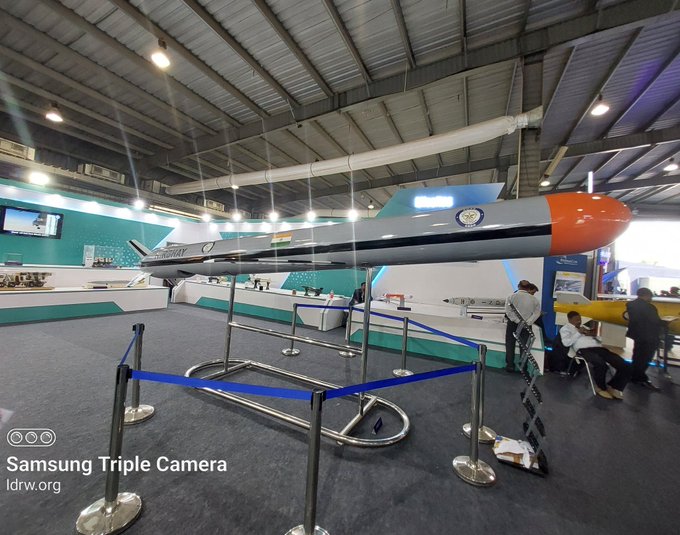
India’s quest for self-reliance in defence technology is gaining momentum, with significant advancements in its Indigenous Technology Cruise Missile (ITCM) program. Recent successful trials of the land-based variant from a truck-mounted launcher demonstrate progress towards a robust cruise missile arsenal.
Following the successful validation of the Submarine-Launched Cruise Missile (SLCM) from submerged platforms last year, India has now validated the land-based ITCM system. This critical milestone signifies the operational readiness of the land-attack variant.
Continue readingSOURCE: RAUNAK KUNDE / NEWS BEAT / IDRW.ORG
Hindustan Aeronautics Limited (HAL), a state-run aerospace company, has partnered with Bengaluru-based startup NewSpace Research and Technologies to develop a next-generation weapon system – the Air-Launched Flexible Asset (Swarm), or ALFA-S.
These compact drones, measuring between 1 and 2 meters long, boast folding wings for efficient storage within canisters mounted on Indian Air Force aircraft. The pilot releases the drones at a safe distance from enemy defenses. Once airborne, the drones deploy their wings and utilize battery power to reach speeds exceeding 100 kilometers per hour.
Continue readingSOURCE: RAUNAK KUNDE / NEWS BEAT / IDRW.ORG
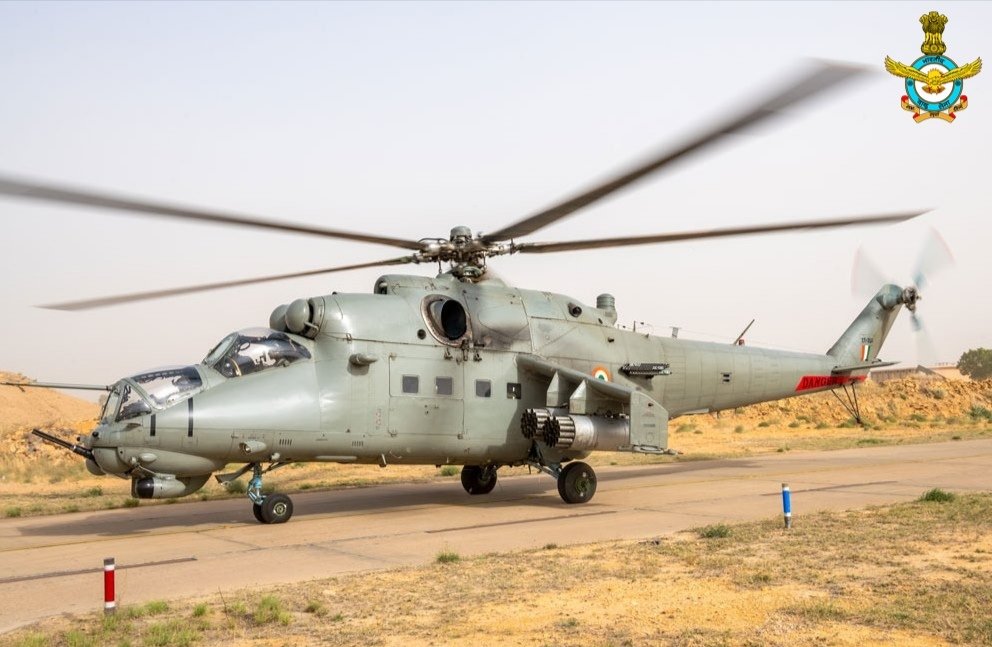
The Indian Air Force (IAF) is set to extend the operational life of its single remaining squadron of Mi-35 attack helicopters until 2030. This decision comes as the IAF transitions its attack helicopter fleet towards more modern platforms.
Previously, the IAF operated two squadrons of the Mi-25/35 helicopters, a Soviet-era design. However, one squadron was phased out in 2019-20 following the induction of a more advanced attack helicopter, the Boeing AH-64E Apache.
Continue readingSOURCE: RAUNAK KUNDE / NEWS BEAT / IDRW.ORG

In a significant stride towards bolstering its strategic capabilities, India’s Strategic Forces Command (SFC), in collaboration with the Defence Research and Development Organisation (DRDO), recently achieved a milestone with the successful flight test of the New Generation Ballistic Missile Agni-Prime. This achievement marks a pivotal moment in India’s defence strategy, as Agni-Prime is poised to revolutionize the country’s ballistic missile program.
Agni-Prime represents a paradigm shift in India’s missile technology, primarily due to its innovative rail launch capability. According to insiders familiar with the program who told idrw.org that, Agni-Prime will be the first ballistic missile to be operationalized for rail launch, a feature that promises unparalleled mobility and strategic flexibility. This advancement is poised to significantly enhance India’s deterrence posture, particularly in scenarios involving potential threats from neighboring Pakistan and the contested region of Tibet.
Continue readingSOURCE: RAUNAK KUNDE / NEWS BEAT / IDRW.ORG

Hindustan Aeronautics Limited (HAL) has announced a significant shift in the Tejas Mk1A fighter program. Chairman and Managing Director (CMD) CB Ananthakrishnan confirmed that the Uttam AESA Fire Control Radar (FCR) will replace the Israeli ELM-2052 AESA radar starting from the 41st Tejas Mk1A aircraft onwards.
The Uttam AESA FCR represents a major milestone in India’s defence indigenization efforts. Developed by the Defence Research and Development Organisation (DRDO), this indigenous radar has completed 125 flight tests on two Light Combat Aircraft (LCA) Tejas prototypes.
Continue readingSOURCE: RAUNAK KUNDE / NEWS BEAT / IDRW.ORG

The Indian Air Force (IAF) is gearing up to strengthen its air defense capabilities with the procurement of advanced medium-range surveillance radars. This initiative emphasizes the IAF’s commitment to staying ahead of evolving threats, including drone warfare.
The IAF prioritizes acquiring these radars from domestic sources. The key requirement is a detection range exceeding that of currently deployed systems. The ideal radar should offer a primary detection range of at least 200 kilometers and a secondary detection range exceeding 300 kilometers.
Continue readingSOURCE: RAUNAK KUNDE / NEWS BEAT / IDRW.ORG
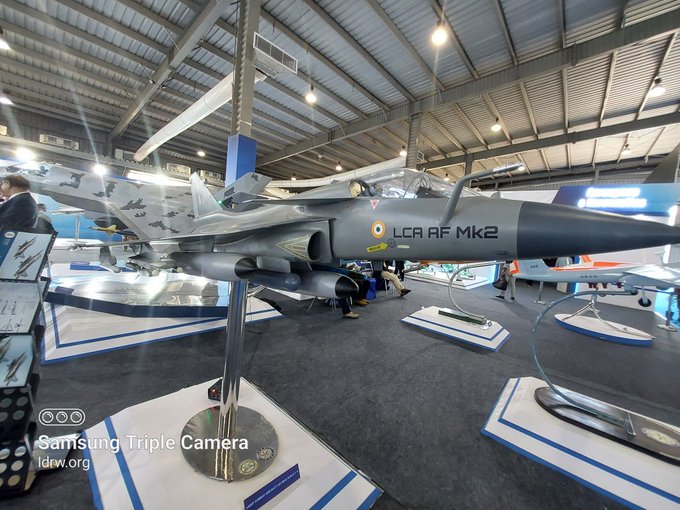
Hindustan Aeronautics Limited (HAL) Chairman and Managing Director, CB Ananthakrishnan, has provided an update on the timeline for the Tejas Mk2 fighter jet program. According to Ananthakrishnan, the first deliveries of the Tejas Mk2 to the Indian Air Force (IAF) are expected by the end of 2029. This schedule hinges on the successful completion of key development milestones.
The first Tejas Mk2 prototype is currently planned to roll out by the end of 2025, with its maiden flight targeted for 2026. Following this, the aircraft will undergo a rigorous developmental flight test program lasting approximately 2-3 years. This extensive testing phase is crucial for ensuring the aircraft’s performance and airworthiness before production can begin.
Continue readingSOURCE: RAUNAK KUNDE / NEWS BEAT / IDRW.ORG
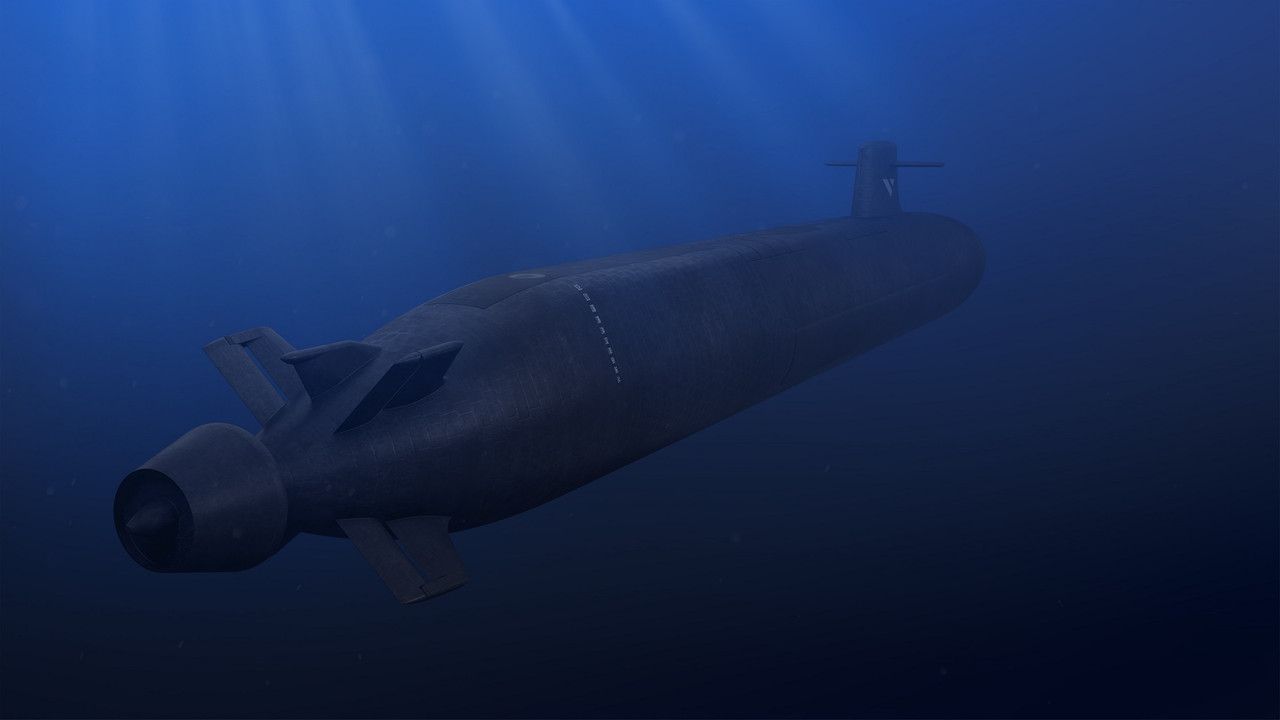
In a significant move towards self-reliance in strategic defence capabilities, India embarked on an ambitious project in February 2015: the indigenous construction of six nuclear-powered attack submarines. This program, known as Project 75 Alpha, marks a major milestone for India’s underwater warfare capabilities.
Collaborating with esteemed partners such as the Defence Research and Development Organisation (DRDO), the Department of Atomic Energy (DAE), and the Indian Navy, India’s endeavor aims to realize the development of a formidable 6000-ton displacement submarine. Endowed with cutting-edge technology and a versatile arsenal, these nuclear attack submarines are poised to redefine undersea warfare capabilities.
Continue readingSOURCE: RAUNAK KUNDE / NEWS BEAT / IDRW.ORG
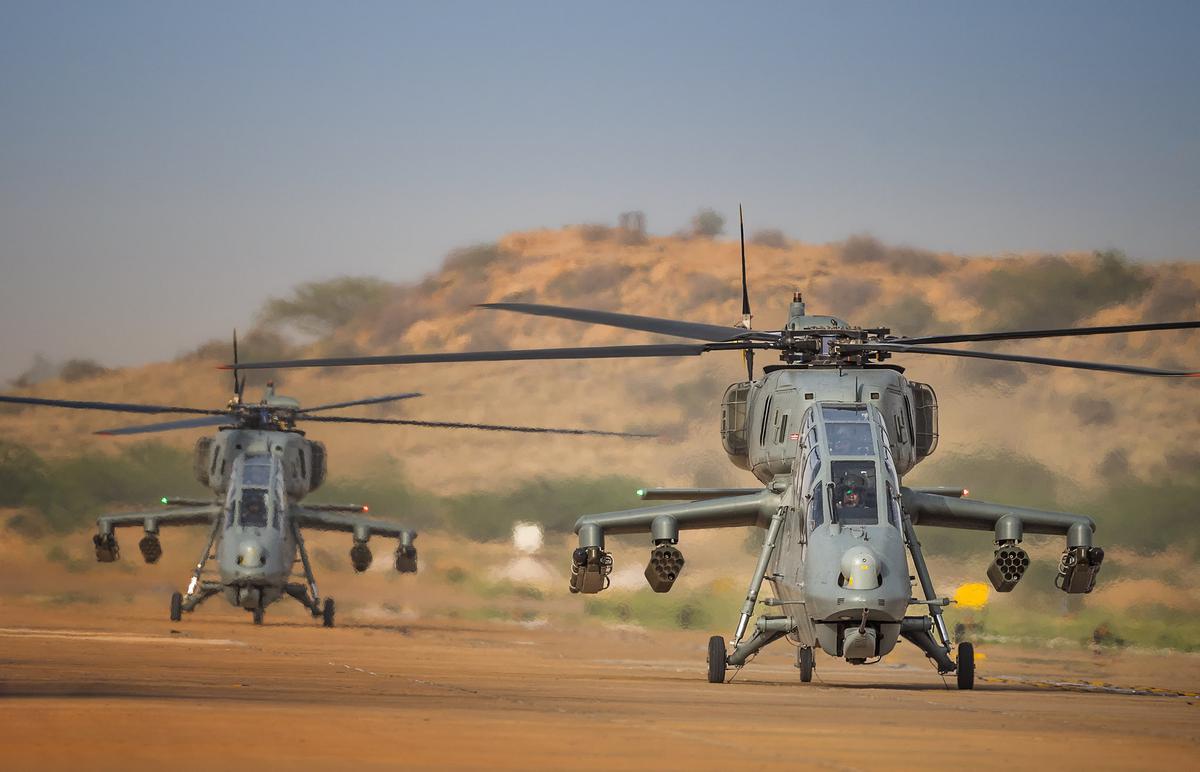
The Indian Air Force (IAF) has confirmed, through Deputy Chief of Air Staff Air Marshal Ashutosh Dixit, that progress is being made on the indigenously developed HAL Prachand (LCH) attack helicopter. While 15 Limited Series Production (LSP) models are currently undergoing evaluation by both the IAF and the Indian Army, some minor issues are being addressed.
The IAF has identified some areas for improvement on the LCH platform. These are categorized as “minor issues” and are currently being addressed by Hindustan Aeronautics Limited (HAL), the manufacturer. Additionally, the IAF and Indian Army have jointly requested further enhancements to the Prachanda’s capabilities.
Continue readingSOURCE: RAUNAK KUNDE / NEWS BEAT / IDRW.ORG
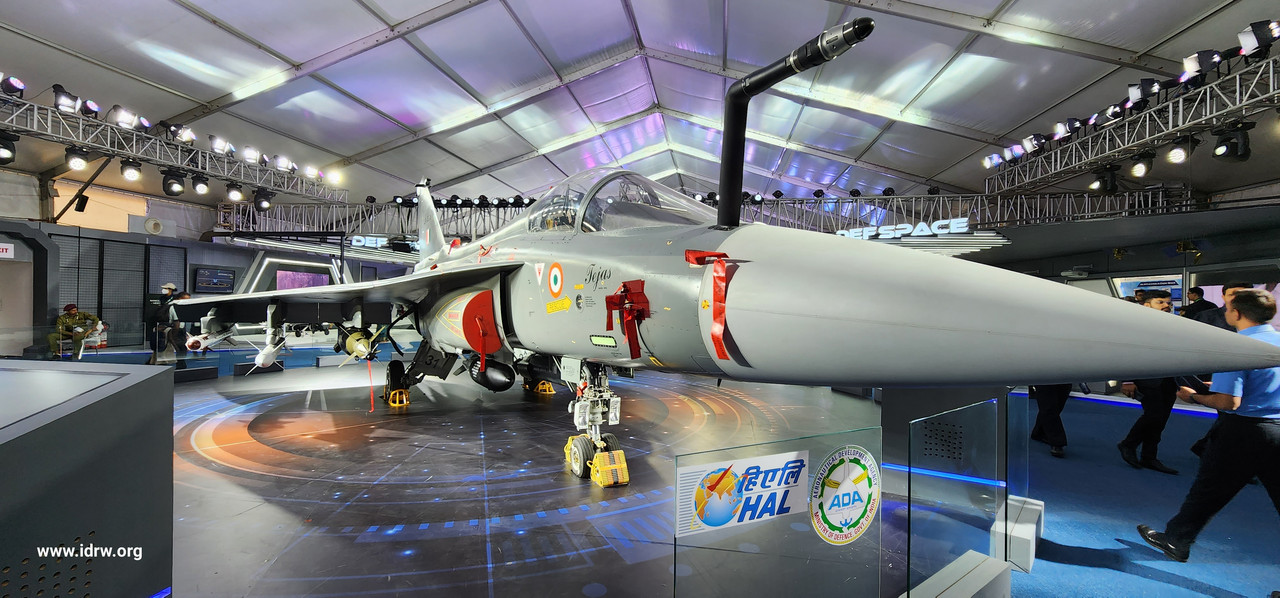
Hindustan Aeronautics Limited (HAL) is gearing up for a significant boost in its Light Combat Aircraft (LCA) Tejas Mk1A production. In a recent statement, HAL Chairman and Managing Director, CB Ananthakrishnan, announced that the first two Tejas Mk1A fighter jets manufactured at the company’s Nashik facility will be rolled out by March 2025.
This development marks a major milestone for HAL’s efforts to streamline Tejas Mk1A production and meet the Indian Air Force’s (IAF) requirements. To achieve this, HAL inaugurated a third production line specifically dedicated to the Tejas Mk1A and HTT-40 aircraft at its Nashik factory in April 2023.
Continue readingSOURCE: RAUNAK KUNDE / NEWS BEAT / IDRW.ORG

India’s Ministry of Defence (MoD) is seeking collaboration between public and private sector companies to manufacture sub-sonic, long-range cruise missiles for its upcoming dedicated rocket force. Indian Military planners recognize the need for a substantial arsenal of precision-strike conventional missiles, estimated in the thousands, to effectively counter emerging threats at LAC and LOC.
The impetus for this program stems from the successful development of India’s first indigenous cruise missile. Having completed numerous developmental trials, the missile is poised for mass production.
Continue readingSOURCE: RAUNAK KUNDE / NEWS BEAT / IDRW.ORG

The Indian Army is exploring the development of a next-generation remotely controlled tracked vehicle (RCTV) capable of carrying significant payloads on the battlefield, according to sources at idrw.org. This move signifies a potential shift towards greater automation and minimizing troop exposure in high-risk scenarios.
While Indian private companies already offer RCTV solutions in the 100-300kg payload range – suitable for surveillance and potentially light weaponry – the Army seeks a much heavier lifter. The envisioned RCTV would boast a payload capacity rivalling a truck, estimated at 4-6 tons. This opens doors for diverse applications.
Continue readingSOURCE: RAUNAK KUNDE / NEWS BEAT / IDRW.ORG
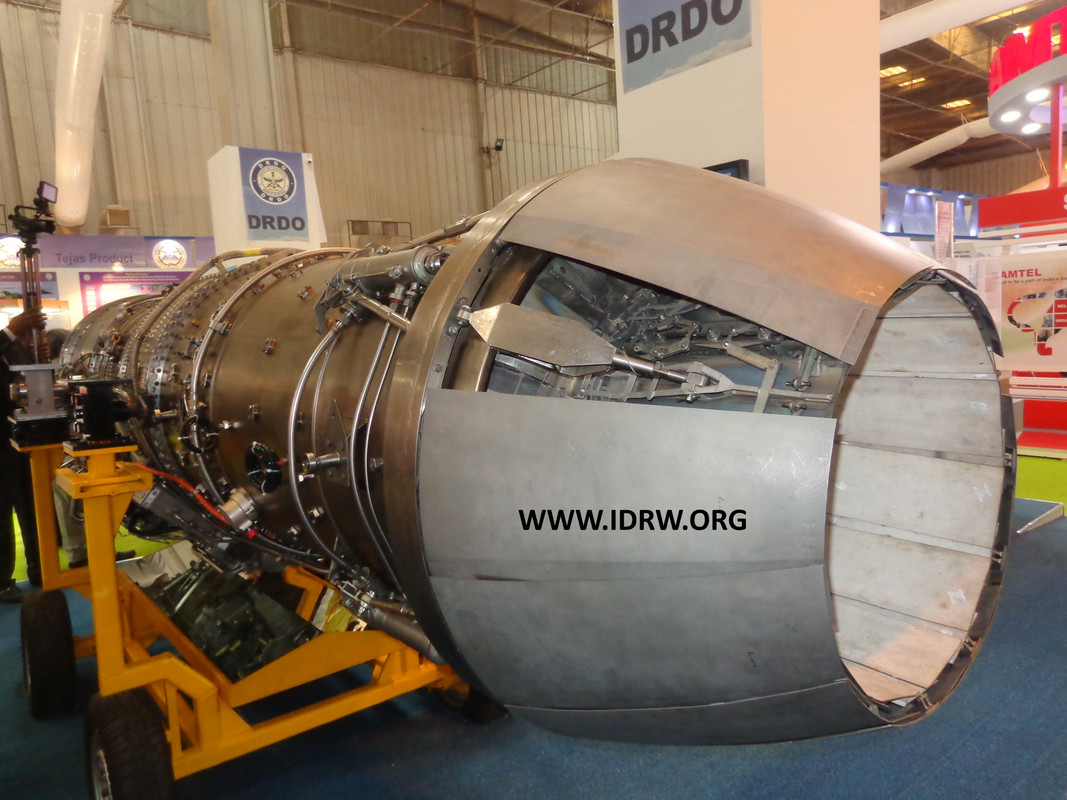
The Gas Turbine Research Establishment’s (GTRE) plan to develop the Kaveri 2.0 engine for the Tejas Mk1A fighter jet raises questions about its strategic rationale. With a targeted thrust output of 90kN, the Kaveri 2.0 seems like a logical upgrade for the Tejas Mk1A, which currently uses American F404 engines. However, the bigger picture paints a more complex story.
Looming large is the upcoming Advanced Medium Combat Aircraft (AMCA) program. This 5th generation fighter requires a much more powerful engine, with estimates suggesting a thrust requirement of around 110kN. Furthermore, reports indicate that GTRE might collaborate with an international partner for the AMCA engine, potentially leading to a core capable of generating a mighty 130kN thrust. This future-proof engine could even be adapted for India’s potential 6th generation fighter program.
Continue readingSOURCE: RAUNAK KUNDE / NEWS BEAT / IDRW.ORG
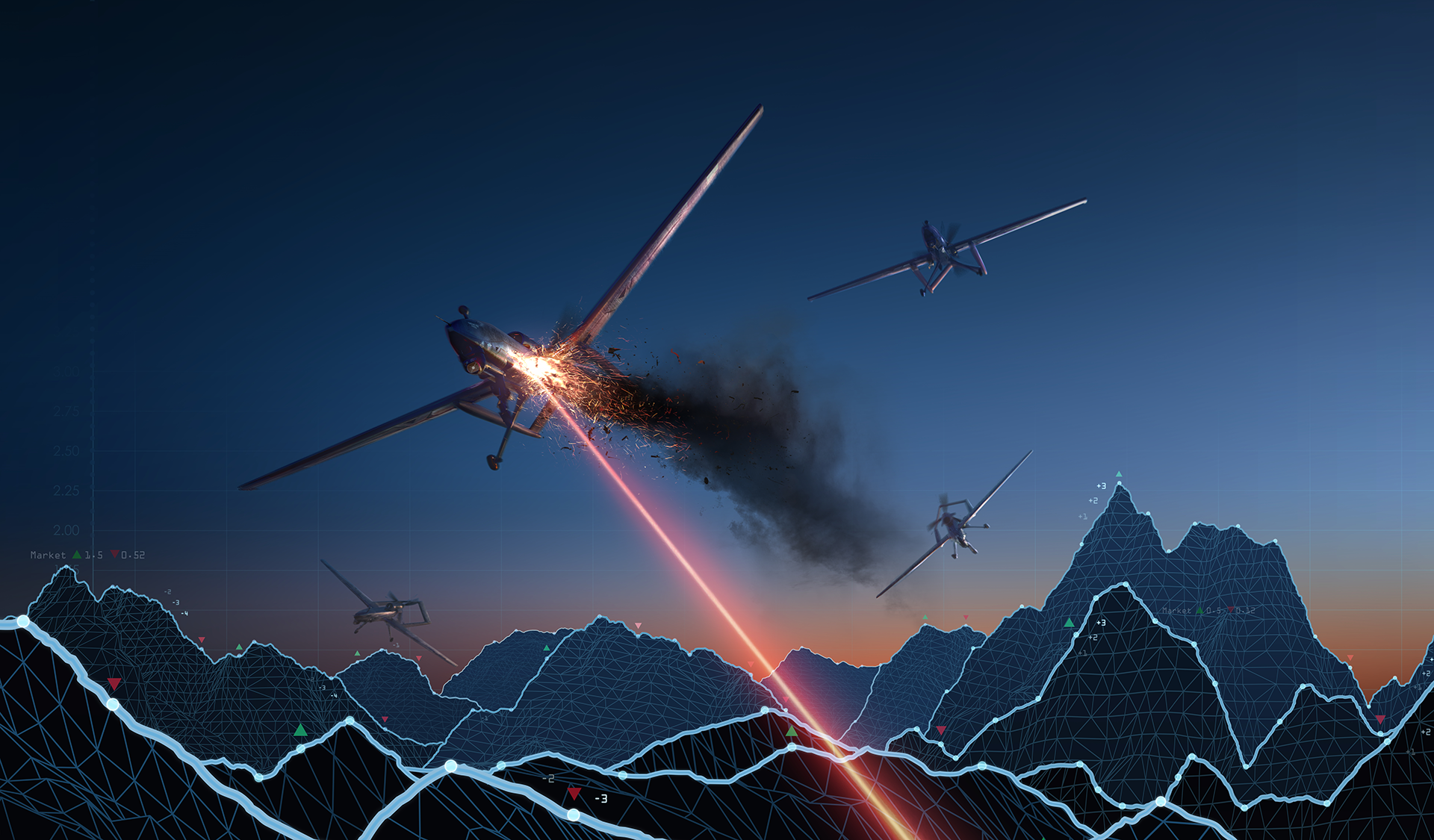
India’s Defense Research and Development Organization (DRDO) is on the cutting edge of counter-drone technology with the development of high-power microwave (HPM) weapons. This Directed Energy Weapon (DEW) system boasts the potential to neutralize a range of aerial threats.
Internal documents confirm that Directed Energy Weapons (DEW) will be able to effectively take out and disable hobbyist drones and commercially available quadcopters used for malicious purposes. DEW also will be powerful enough to disable Medium-Altitude Long-Endurance (MALE)drones, often used for surveillance.
Continue readingSOURCE: RAUNAK KUNDE / NEWS BEAT / IDRW.ORG
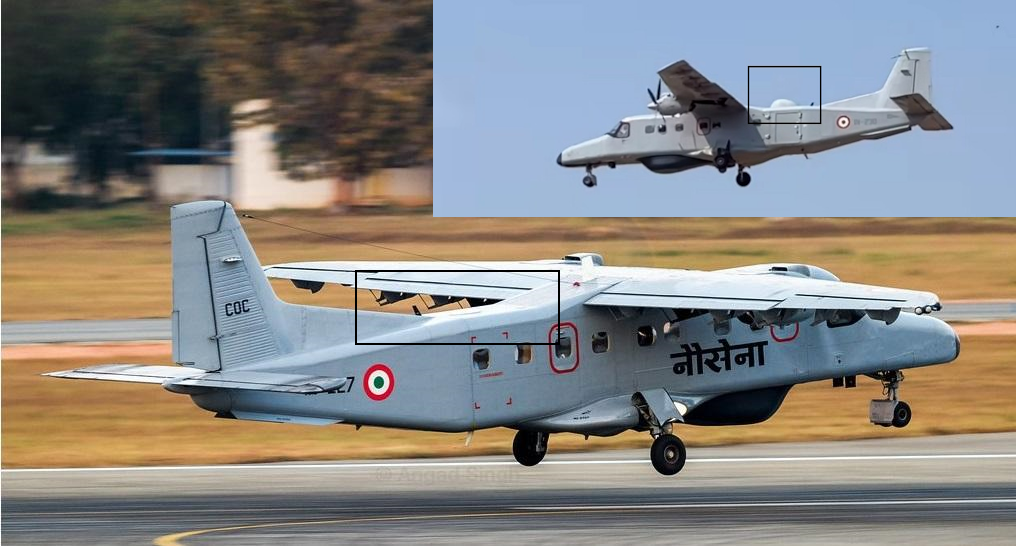
A plane spotting enthusiast (vabb_spotter IG) has captured an image of a Hindustan Aeronautics Limited (HAL) developed Dornier Do 228 aircraft sporting an unusual feature of a hump on the upper fuselage, aft of the main body.
The presence of the standard under-fuselage 360-degree maritime surveillance radar confirms the aircraft belongs to the Indian Navy. Speculation is rife about the purpose of the hump, with some suggesting it houses a satellite uplink system. This would be particularly useful given the aircraft’s frequent flights over vast stretches of ocean, enabling real-time transfer of observation data collected by its robust sensors.
Continue reading